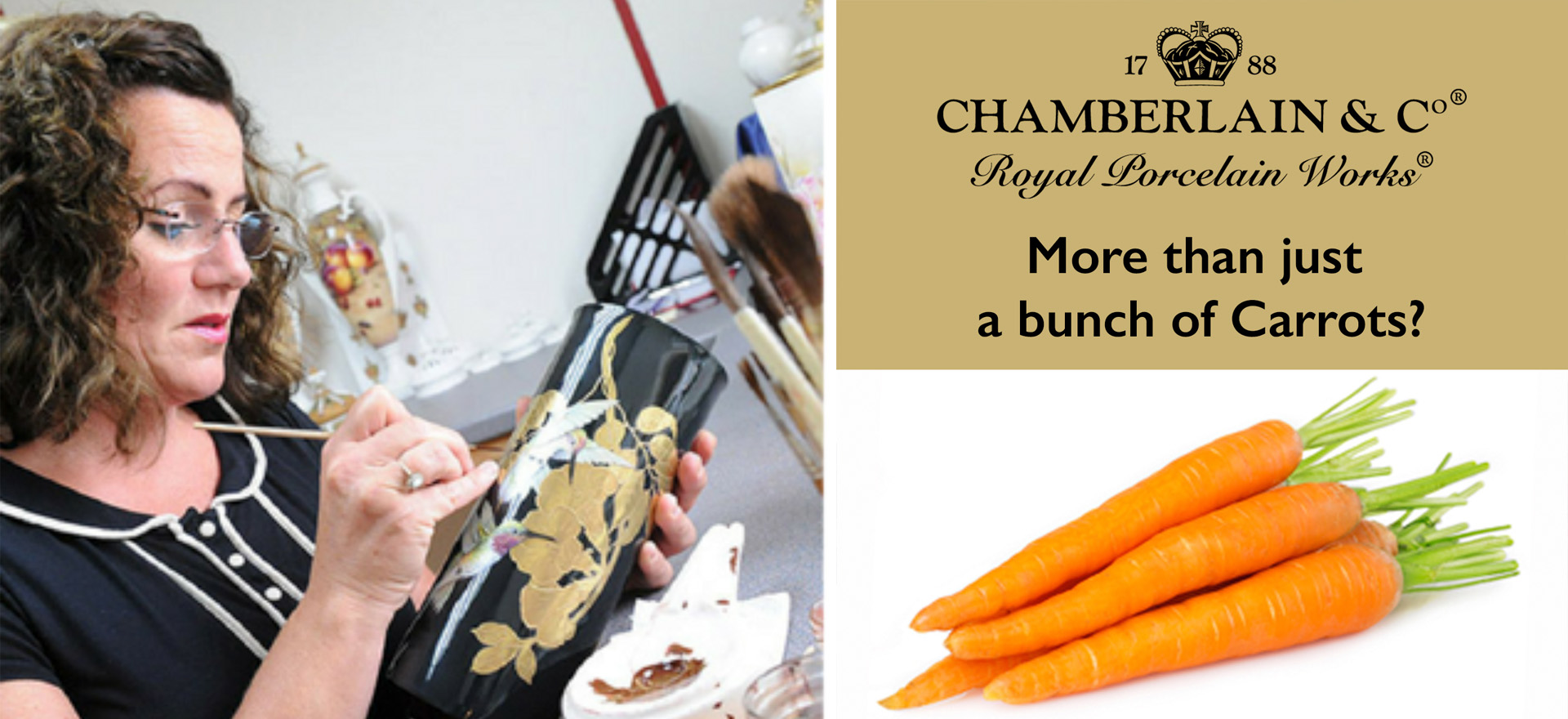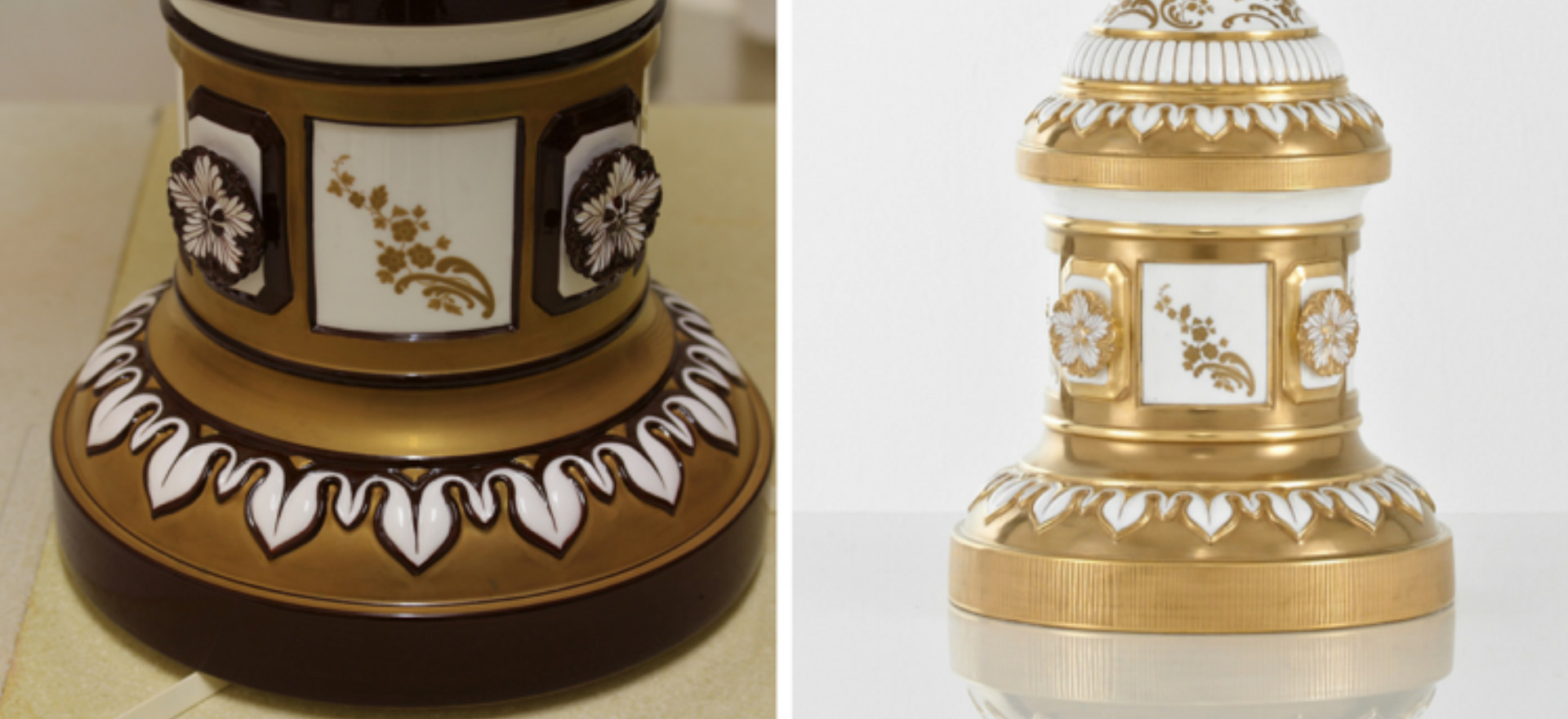
We’ve all seen the experts on Antiques Roadshow examining pieces of jewellery that people have inherited, found in a drawer or picked up for a song at a car-boot sale. And when they start discussing ‘carats’ we all know they’re not talking about orange root vegetables! But do you really understand what they mean, or indeed that there is a difference between carats with a ‘c’ and karats with a ‘k’?
Well, strictly a carat with a ‘c’ is a measure of the weight of a gemstone: one carat is equal to 200 milligrams or one-fifth of a gram. A karat with a ‘k’, however, is a unit of purity for gold. Pure gold is 24-karat, but in order to make it suitable for jewellery it is usually mixed with another metal such as copper or silver, mainly because the pure metal would be too soft. So 18-karat gold has eighteen parts gold to six parts of the other metal, and so on.
That’s why it’s karats with a ‘k’ that concern us at Chamberlain & Co, because every piece we make is finished with gold, silver or platinum, hand-applied and burnished to catch the light to the most enchanting effect.
All our gold is very pure: either 23 or 24 karats. The shade of the gold may vary: Welsh gold, for instance, has a noticeably more rose-coloured hue than the more familiar lustrous golds, and here at Chamberlain we use both a traditional gold and one with a more coppery appearance. Our gold is suspended in a liquid carrier in order to be applied onto each piece and typically looks chocolate brown at this stage; the application technique is very similar to hand painting with the gilder using a suite of specialist brushes designed specifically for gold application. Once in the kiln the solvents burn away at around 740 degrees Celsius to leave a fine film of gold fused to the ceramic body.

This is demonstrated on the picture on the left, the vase is embellished with 2 liquid golds, traditional and coppery. In the pre-burnishing phase the coppery gold appears very dull with the traditional gold still unfired in its wet chocolate appearance. Once fired, it is burnished and the picture on the right highlights the dazzling gold effects.
Often the deposit is so thin that a second application is required, before it is burnished with fine sand to create a lustrous finish. In some designs we juxtapose a mirror finish with a matt, unburnished area to create a stunning contrasting effect. The value of gold applied to the Witley vase above is in excess of £200.